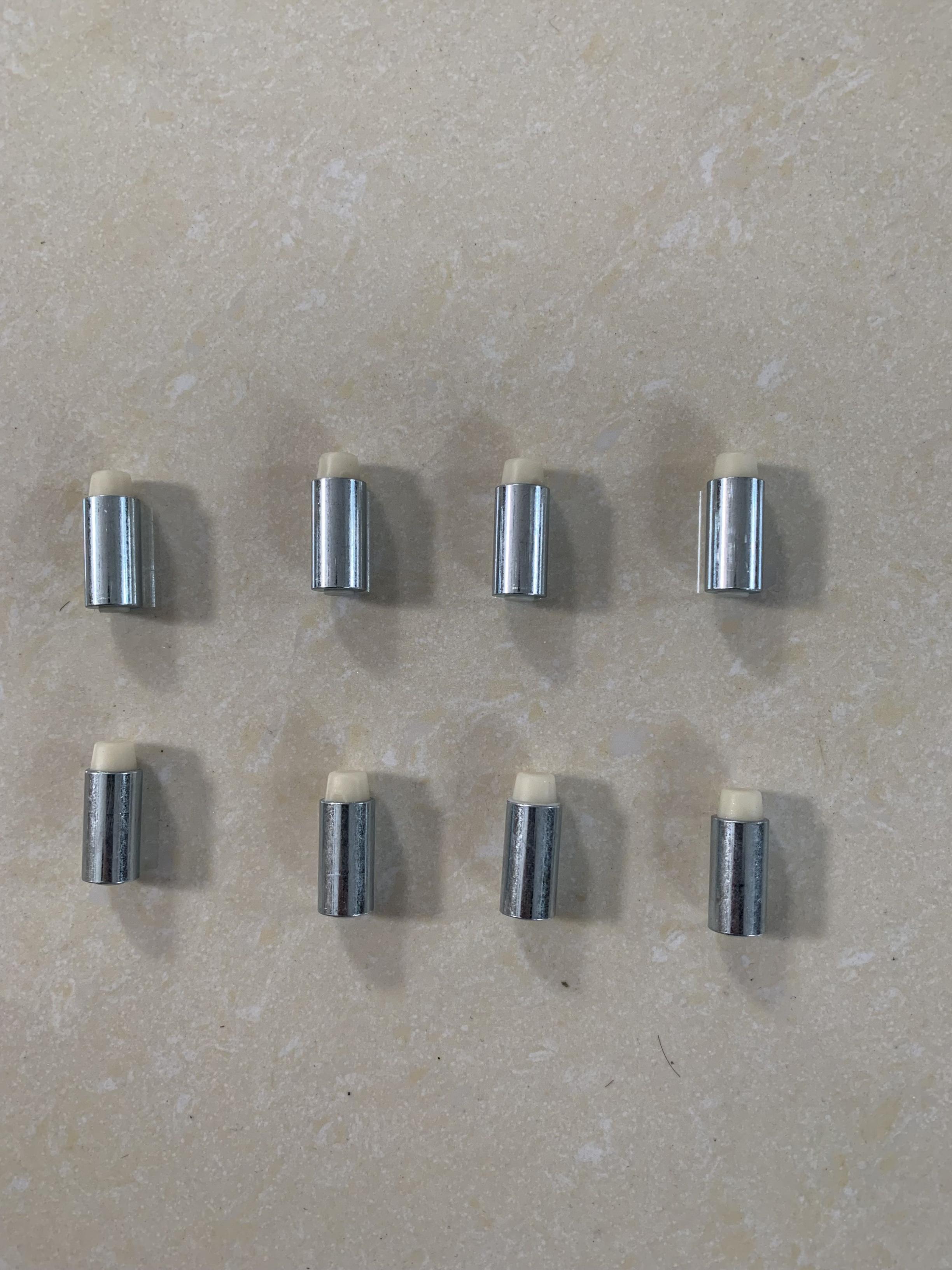Impact of Hygiene Environment on Product Quality and Safety
Author:小编
UpdateTime:2024-10-22
Click:
Maintaining cleanliness in a dairy farm is a critical aspect of ensuring the quality and safety of milk. The following are some key cleaning and hygiene measures that can help a dairy farm maintain high standards of sanitation:
Daily Cleaning
- Floor Cleaning: Sweep and rinse the floors daily to ensure there is no manure, debris, or leftover feed. Use a high-pressure water gun and disinfectant for thorough cleaning.
- Barn Cleaning: Regularly clean the bedding in the barn to keep it dry and clean. replace the bedding regularly to prevent bacterial growth.
- Waterers and Feed Troughs: Clean the waterers and feed troughs daily to ensure there is no leftover feed or contaminants.
- Milking Equipment: Thoroughly clean and disinfect the milking equipment, including pipes, teat cups, and pulsators, before and after each milking session.
Regular Deep Cleaning
- Comprehensive Disinfection: Perform a comprehensive disinfection once a week or month using effective disinfectants to thoroughly clean the entire dairy farm.
- Walls and Ceilings: Regularly clean the walls and ceilings to prevent the accumulation of dust and cobwebs.
- Milk Storage Tanks: Regularly clean and disinfect the milk storage tanks to ensure there are no residues or bacterial growth.
Equipment Maintenance
- Milking Equipment Maintenance: Regularly inspect and maintain the milking equipment to ensure it operates properly. replace worn parts, such as milk tubes and teat cup liners, promptly.
- Filters and Pumps: Regularly clean and replace filters, and check the condition of pumps to ensure there are no blockages or malfunctions.
Personal Hygiene
- Personal Hygiene: Require staff to wear clean work clothes and gloves, and to sanitize their hands before entering the dairy farm.
- Training: Provide regular hygiene training to employees, emphasizing the importance of cleaning and disinfection, and ensuring everyone understands the correct procedures.
Biosecurity Measures
- Access Control: Strictly control the entry and exit of personnel and vehicles, setting up disinfection pools and handwashing stations to ensure all individuals and vehicles entering the dairy farm are disinfected.
- Isolation of New Cows: Isolate newly introduced cows for observation to ensure they do not carry diseases before integrating them into the herd.
- Disease Management: Isolate and treat sick cows promptly to prevent the spread of disease.
Record Keeping and Monitoring
- Cleaning Records: Maintain detailed cleaning records, noting the time, location, and cleaning agents used for each cleaning session.
- Monitoring Systems: Install surveillance cameras to monitor the hygiene conditions of the dairy farm in real-time, and address any issues promptly.
Environmental Management
- Ventilation: Ensure the barn has a good ventilation system to maintain air circulation and reduce the accumulation of ammonia and other harmful gases.
- Drainage System: Set up an effective drainage system to ensure that wastewater and rainwater are promptly drained, preventing standing water and pollution.
Waste Management
- Manure Handling: Regularly clear manure and use appropriate treatment methods (such as composting) to prevent environmental pollution.
- Waste Disposal: Collect and dispose of waste separately, ensuring there is no accumulation of garbage to reduce the breeding of disease vectors.
Regular Inspections
- Third-party Audits: Regularly invite third-party organizations to conduct hygiene inspections and evaluations to ensure compliance with industry standards and regulatory requirements.
- Self-inspections: Conduct regular self-inspections to identify and rectify issues promptly.
By implementing these measures, the dairy farm can effectively maintain cleanliness and hygiene, ensuring the quality and safety of milk, improving the health of the cows, and enhancing production efficiency.




